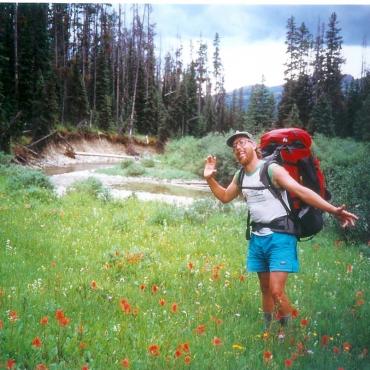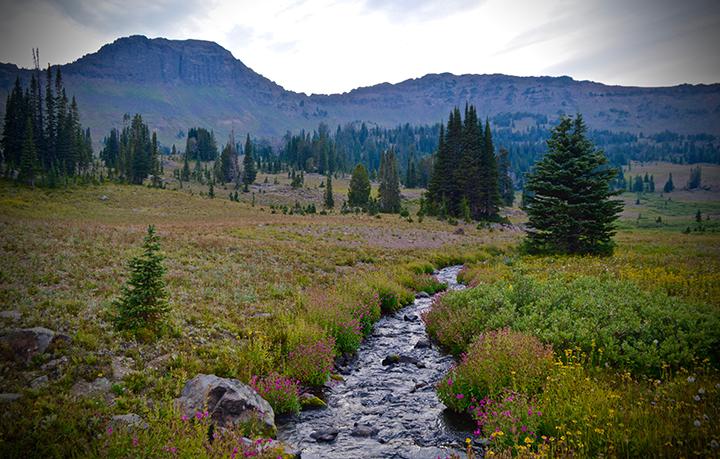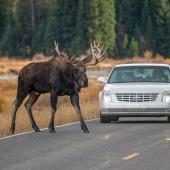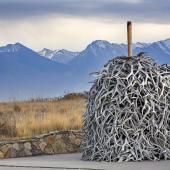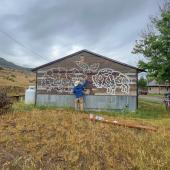The More the Merrier
A Wilderness proposal for the Gallatin Range.
The Gallatin Range affords a wilderness experience like few others in the United States. Here is a raw, untamed vestige of the once-wild Earth, with all its original animals still roaming the high peaks and wild valleys. Nearly 230,000 acres of wild, roadless country remain in the national forest portion of the Gallatins. Combine that with the Yellowstone Park portion of the range, and it's an unbroken wildland of over 500,000 acres. Unfortunately, about half of the northern part of the range has been heavily impacted by several decades of heavy-handed management including a frenzy of road-building and logging.
Since 1977, the core of the northern Gallatin Range has remained in a semi-protected limbo as the 155,000 acre Hyalite-Porcupine-Buffalo Horn Wilderness Study Area. Several different wilderness bills have included portions of the Gallatins, but not one has made it past any president's desk.
The Montanans for Gallatin Wilderness proposal protects the rest of the national forest part of the Gallatins as Wilderness—229,000 acres worth. The Gallatin Forest Partnership (GFP) has just unveiled a proposal for the Gallatins, which divvies up the range into two "wildlife management" areas, one "watershed protection and recreation" area, and two pieces of recommended wilderness that total 102,000 acres.
I recognize the huge amount of work and commitment and sacrifice that went into this compromise proposal, which will be submitted to the Custer-Gallatin Forest for their new forest plan. But I am disappointed that the partnership failed to recommend more Wilderness. Their proposal betters the current Forest Service proposal by about 17,000 acres but leaves 127,000 acres only marginally protected, and slices off a sizeable piece of the current Wilderness Study Area.
One of the glaring omissions for Wilderness in the GFP plan is the spectacular wildlife habitat of the Porcupine and Buffalo Horn drainages. These valleys would remain open to motorcycles and mountain bikes, allowing ever-increasing mechanized recreation in some of the nation's best wildlife habitat. This is top-shelf grizzly bear habitat and essential year-round habitat for large herds of resident and migratory elk. Mechanized recreation has been shown to disturb elk from substantial distances. And people on wheels cover a lot more ground than pedestrians or horseback riders.
The GFP proposal alleges that recreational use and wildlife movements and populations will be monitored to assure that recreation does no harm to wildlife. This would require immediate gathering of baseline data and continuous monitoring over the life of the plan. Who is going to do this monitoring? The strapped-for-cash Forest Service? The even more broke state of Montana? The conservation groups?
Wilderness is an efficient and cost-effective way to protect our stressed and iconic wildlife populations. It is also a refuge for people weary of the clatter and rush of the ever-growing human horde. Howard Zahniser, Wilderness Society council member and chief author of the Wilderness Act, said “I believe we have a profound, fundamental need for areas of the Earth where we stand without our mechanisms that make us immediate masters over our environment.” I agree. If you do as well, tell the Custer-Gallatin National Forest you want a maximum amount of Recommended Wilderness in the new Forest Plan. You have until March 5 to comment here.
For more on the Montanans for Gallatin Wilderness, visit gallatinwilderness.org.


